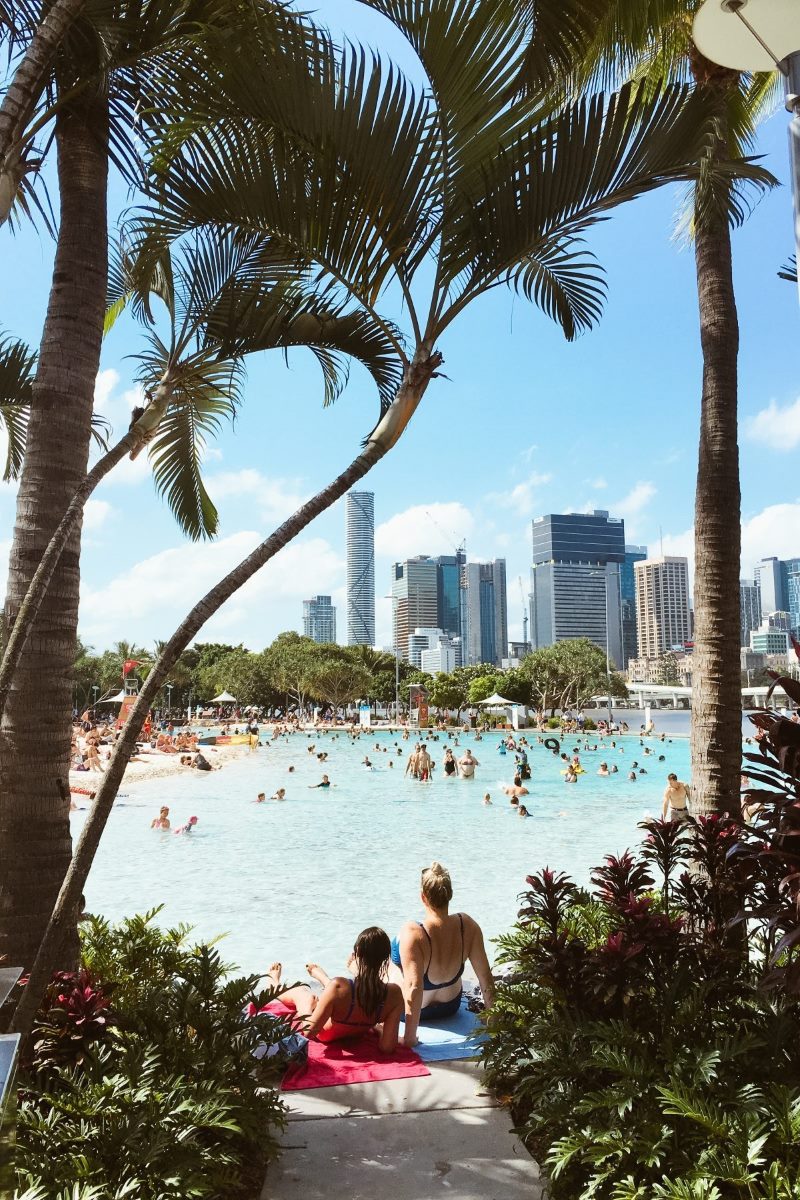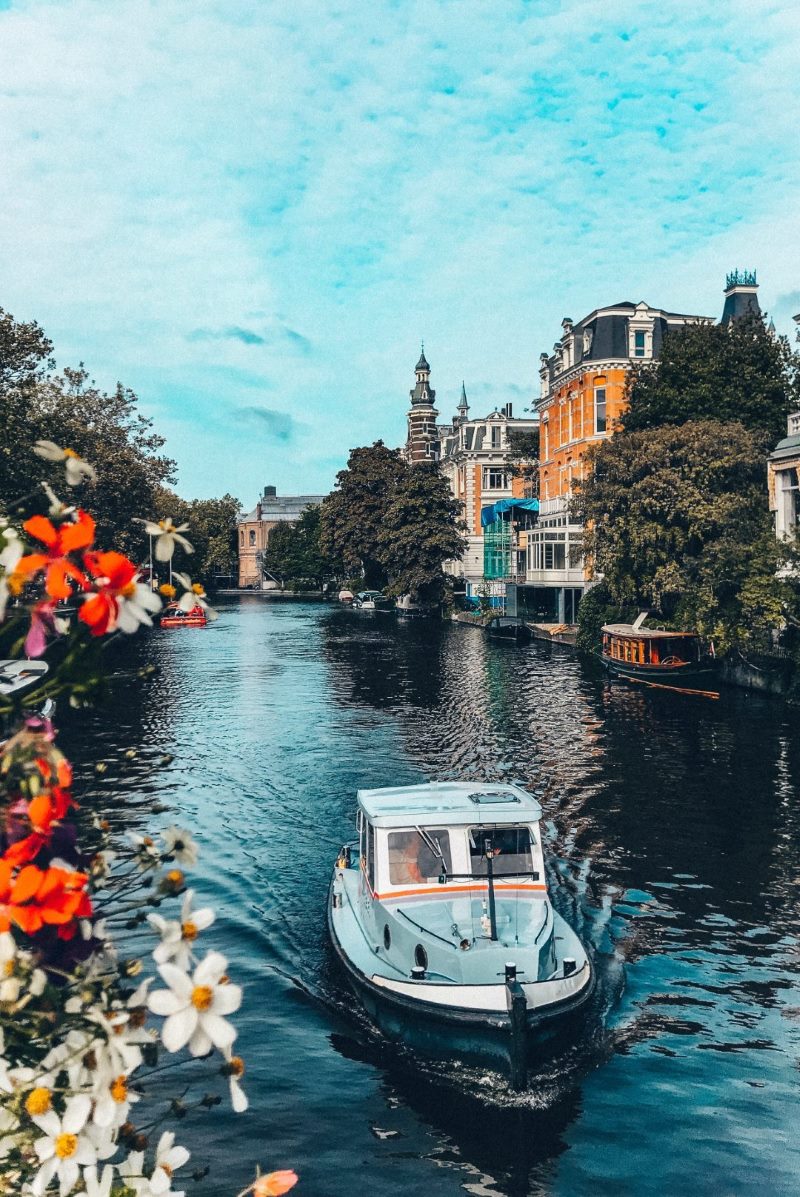Explore Yangon on Foot 2hours Guide
Yangon is a city full of energy and cultural significance. The most effective way to uncover the mystery and beauty of the city is to walk with a local expert guide through its insular neighborhoods and sidewalk cafes. The Explore Yangon on Foot 2hours tour offers a cultural immersion and highlights Myanmar’s unique traditions.Overview
This fantastic tour focuses on Yangon’s iconic landmarks with the company of a knowledgeable licensed guide who will unlock the stories behind each site you pass. Starting at the Maha Bandula Park independence monument, you will witness the colonial-era Yangon City Hall and the Yangon Lokanat Building before continuing to Strand Road. Some of the other fascinating sights you will see include: – The majestic Sule Pagoda: a golden Buddhist stupa that has been at the center of Yangon’s city center since the 3rd century. – The High Court Building: old Supreme Court building, a significant colonial architectural landmark – Saint Mary’s Cathedral: A beautiful and peaceful place in the heart of Yangon.What’s Included
The tour includes expert guidance from a licensed guide, coffee and/or tea at a local café, entrance fees to historical landmarks, and contributions to a church and local betel quid shop.Things to Know Before You Go
– This is a walking tour, so make sure to wear comfortable shoes or sandals. – You should also bring sunscreen, a hat or an umbrella, and a reusable water bottle. – This tour is not wheelchair accessible.Meeting Point and Time
The departure point for this tour is the Maha Bandula Park near Sule Pagoda. Meeting time is 8:00 am.Duration and Price
This walking tour lasts for 2 hours, and the price is $50 per person.Tour Highlights
Coffee and/or Tea Break at a Local Café
Relax with a warm cup of tea or coffee at a local café in the heart of the city with the company of locals.Betel Quid Shop Visit
One of the unique experiences of the tour is to visit a betel quid shop where you will learn about Myanmar’s fascination with chewing betel quid, a traditional mixture that people chew for its mild stimulant effects. You can also try making a quid yourself!Expert Guide
The tour guide of Yangon on Foot 2hours is a licensed expert who has vast knowledge of Myanmar’s culture, history, and architecture. They will unlock secrets that you would otherwise miss, bringing Yangon’s streets to life.Local Insights
As you walk through narrow streets and vibrant neighborhoods, local insights will set you on an immersive cultural journey. Learn about Yangon’s thriving contemporary and traditional art scene, the influence of Indian, Chinese and European cultures, and the ways of life of Myanmar’s diverse communities.Final Thoughts
Exploring Yangon on foot for two hours is an excellent way to get a feel for the city and Myanmar’s customs and traditions. The licensed local guides provide unique perspectives on various topics, adding detail and depth to your experience. You can book the tour for $50 by visiting the Viator website. Get ready to explore Yangon’s fabulous landmarks, streets, and sights on this walking tour. Book the tour here, and make lifelong memories.
FAQ about Yangon, Myanmar
Yangon, also known as Rangoon, is the former capital of Myanmar (Burma) and one of the largest cities in the country. It’s an eclectic mix of traditional and modern, with a rich cultural heritage and bustling streets. Whether you’re planning a trip to Yangon or you’re just curious about the city, here’s a comprehensive FAQ to answer your questions.1. What is the best time to visit Yangon?
The best time to visit Yangon is between November and February when the weather is dry and cool. Temperatures can reach up to 33°C from March to May, and heavy rainfall occurs from June to October. Therefore, the period from November to February is ideal for visiting the city.2. How can I reach Yangon?
Yangon has an international airport named Yangon International Airport, which connects it to many cities. Visitors can reach Yangon by flight from several major cities in Asia and Europe, such as Singapore, Bangkok, Kuala Lumpur, or Tokyo. Many domestic airlines also operate flights from Mandalay, Bagan, and other cities in Myanmar. Buses and trains are also available to reach Yangon from other parts of the country.3. What are the best places to visit in Yangon?
Yangon has no shortage of impressive sites and landmarks, such as the Shwedagon Pagoda, the Sule Pagoda, the National Museum of Myanmar, and the Bogyoke Aung San Market. You can also visit the colonial-era architecture in downtown Yangon or stroll around the Kandawgyi Lake.4. What is the currency used in Yangon?
The currency used in Yangon is the Myanmar Kyat (MMK). Most shops and restaurants accept only local currency, and there are ATMs available throughout the city where you can withdraw money.5. Is Yangon a safe city for tourists?
Yangon is relatively safe for tourists, but it’s always best to take precautions. Avoid carrying large sums of money or wearing expensive jewelry. Be aware of your surroundings when walking around and try to avoid traveling alone at night. Petty crime such as pickpocketing occurs occasionally, so be mindful of your valuables in crowded areas.6. What is the local language spoken in Yangon?
The official language of Myanmar is Burmese, and it is the most widely spoken language in Yangon. However, English is also widely spoken, especially in tourist hotspots.7. What is the food like in Yangon?
Yangon’s food scene is diverse and delicious. Must-try dishes include Mohinga, a fish noodle soup, Bein Mont, a pancake stuffed with various ingredients, such as eggs, onions, and chives, and Laphet Thoke, a tea leaf salad. There are also plenty of street food stalls and local restaurants serving traditional Burmese cuisine.8. What are the local customs and traditions of Yangon?
Yangon is steeped in Buddhist customs and traditions, and visitors should be respectful of the local culture. Dress modestly when visiting temples and religious sites, and remove your footwear before entering. It’s also customary to offer donations to monks and nuns when visiting pagodas and monasteries.9. Can I use credit cards in Yangon?
Credit cards are not widely accepted in Yangon, so it’s best to carry cash with you. ATMs are available throughout the city where you can withdraw money.10. What is the nightlife like in Yangon?
Yangon’s nightlife scene is a mix of trendy bars, nightclubs, and traditional teahouses. Some popular spots include 19th Street in Chinatown, where you can find plenty of beer stations and BBQ restaurants, and the Botahtaung Jetty, where you can enjoy live music performances and river views.11. Can I use public transportation in Yangon?
Yes, there are many options for public transportation in Yangon, including buses and taxis. The local buses are cheap but can be crowded and uncomfortable. Taxis are available throughout the city, but make sure to negotiate a price beforehand. You can also use ride-hailing apps such as Grab or Yangon Taxi to book a ride in advance.12. Is it customary to tip in Yangon?
Tipping is not customary in Yangon or anywhere in Myanmar. It is not expected, but if you would like to tip, then it is appreciated. In conclusion, Yangon is a fascinating city with a unique blend of tradition and modernity. Its rich culture and heritage, combined with its bustling streets and vibrant food scene, make it a must-visit destination in Myanmar. We hope this FAQ has answered your questions and helped you plan your trip to this incredible city.
How to spend your time as a tourist in Yangon
Yangon, formerly known as Rangoon, is the largest city in Myanmar and is the economic and cultural hub of the country. It is home to many historical and cultural landmarks, as well as a vibrant street food scene and bustling markets. If you’re planning a visit to Yangon, here are some of the best things to see and do.1. Visit the Shwedagon Pagoda
No trip to Yangon is complete without a visit to the Shwedagon Pagoda. This is the most famous and sacred Buddhist temple in Myanmar, and it is said to contain relics of four previous Buddhas. The pagoda stands at over 100 meters tall and is covered in gold leaf and encrusted with diamonds, rubies, and other precious stones. It is particularly impressive at night when the entire complex is lit up.Tips for visiting the Shwedagon Pagoda:
- Be sure to dress modestly and remove your shoes before entering the temple
- Visit at sunset to see the pagoda in a new light
- Consider hiring a guide to learn more about the history and significance of the temple
2. Explore the colonial architecture
Yangon was ruled by the British for more than a century, and their influence can still be seen in the city’s architecture. Many of the buildings downtown are from the colonial era, and they make a striking contrast to the more traditional Burmese buildings found elsewhere in the city. Some of the must-see colonial buildings include the High Court Building, the City Hall, and the Secretariat Building.Tips for exploring the colonial architecture:
- Consider taking a walking tour to see the best examples of colonial architecture
- Bring a camera to capture the grandeur of the buildings
- Wear comfortable shoes, as the streets in the downtown area can be uneven
3. Visit the Bogyoke Aung San Market
If you’re looking for a souvenir of your trip to Yangon, the Bogyoke Aung San Market is the place to go. This market has been operating since colonial times and offers a huge range of goods, from lacquerware and textiles to precious stones and jewellery. It is a great place to pick up some unique gifts for friends and family back home.Tips for visiting the Bogyoke Aung San Market:
- Be prepared to barter – haggling over prices is expected in this market
- Be cautious of scams and pickpockets
- Don’t be afraid to ask for recommendations from other travellers or locals
4. Experience the street food scene
Yangon’s street food scene is famous throughout Myanmar, and no visit to the city would be complete without sampling some of the local delicacies. From steaming bowls of mohinga (rice noodle soup) to crispy samosas and skewers of grilled meat, there is something for every taste here. Some popular street food areas include 19th Street and Chinatown.Tips for experiencing the street food scene:
- Be adventurous and try new dishes
- Bring small bills – many vendors won’t be able to break large notes
- Watch out for hygiene – stick to vendors with clean cooking equipment and avoid raw or undercooked food
5. Take a day trip to Bago
Bago is a small town located just outside of Yangon, and it offers a glimpse into the rural way of life in Myanmar. The town is home to many important Buddhist sites, including the Shwemawdaw Pagoda and the Kyaikpun Pagoda. It is also known for its traditional weaving and pottery industries.Tips for taking a day trip to Bago:
- Take an early morning bus or taxi to avoid the crowds
- Visit a local weaving or pottery workshop to see traditional crafts in action
- Be sure to try some of the local snacks, such as fried tofu and coconut cakes
Book Your Tour Now
Yangon is a fascinating city that offers something for everyone. From its ancient temples and colonial architecture to its vibrant street food scene and nearby day trips, there is no shortage of things to see and do here. By following the tips in this guide, you can make the most of your time in Yangon and explore all that this beautiful city has to offer.Table of Contents

